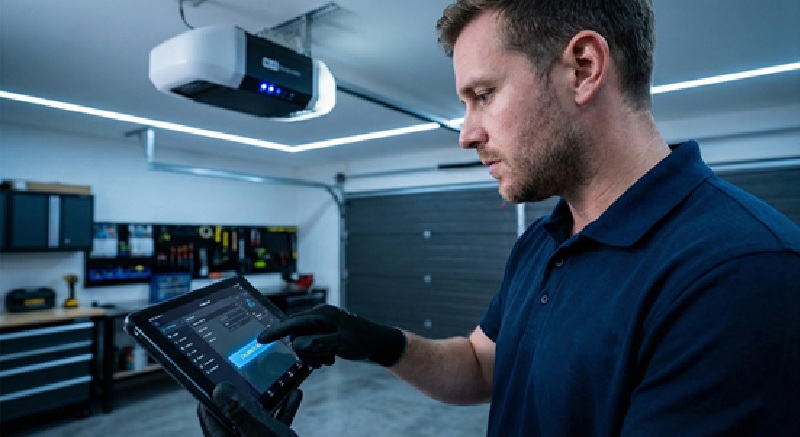Four years after the People’s Republic of China unplugged the world’s largest cryptocurrency mining industry, the machines are humming again.
In a development that defies one of Beijing’s most stringent financial decrees, an underground resurrection of Bitcoin mining has clawed its way back into the global spotlight, fueled by desperate local governments, surplus energy, and the undeniable allure of a record-breaking crypto rally.
In 2021, citing threats to financial stability and energy conservation goals, Chinese regulators issued a blanket ban on cryptocurrency mining and trading. The edict was swift and seemingly effective, ostensibly driving the country’s global market share of Bitcoin mining to zero as operators fled to North America and Central Asia.
However, new data reveal that the exodus was neither permanent nor complete. According to the Hashrate Index, China has quietly reclaimed the rank of the world’s third-largest mining hub, commanding a 14% share of global activity as of late October.
Other analytics firms, such as CryptoQuant, estimate the figure is even higher, suggesting that between 15% and 20% of the network’s total computing power is once again emanating from behind the Great Firewall.
The resurgence is being driven by a pragmatic alignment of economic incentives in China’s energy-rich hinterlands. In provinces like Xinjiang and Sichuan, where renewable and coal-fired power generation often outstrips the transmission capacity of the national grid, “trapped” energy is finding a buyer of last resort.
Wang, a private miner operating in Xinjiang who requested anonymity, described a system where electricity that cannot be exported is simply consumed on-site in the form of cryptographic hashing. He noted that new projects are currently under construction, following the immutable law of the industry: miners migrate to where the electrons are cheapest.
This activity is often shielded by a veil of “digital infrastructure” investment. Sources quoted by Reuters say that a recent boom in data center construction—encouraged by cash-strapped local governments looking to stimulate their economies—has created a glut of computing power and electricity capacity. While ostensibly built for conventional cloud computing or AI, some of these facilities are quietly pivoting to the more immediate liquidity of Bitcoin mining to monetize their over-investment.
The trend is perhaps most visible in the financial disclosures of the hardware manufacturers themselves. Canaan Inc., the world’s second-largest maker of Bitcoin mining rigs, has seen a dramatic shift in its revenue geography. After its China sales collapsed to just 2.8% of total revenue in 2022 following the ban, the figure rebounded to 30.3% last year.
Sources with direct knowledge of the company’s books indicate that in the second quarter of this year, China’s contribution surged to more than 50% of Canaan’s sales. The company attributes this to a mix of U.S. tariff uncertainty driving machines back to domestic buyers and the sheer profitability of mining as Bitcoin hit record highs in October.
The macro-political environment has also emboldened these clandestine operators. The rebound coincides with a surge in digital asset prices, driven in part by U.S. President Donald Trump’s pro-crypto policies and a deepening global distrust of the U.S. dollar.
For Chinese investors, Bitcoin remains a potent hedge. Patrick Gruhn, CEO of Perpetuals.com, argues that this resurgence is a signal of “Chinese policy flexibility,” suggesting that Beijing’s enforcement softens significantly when economic incentives in specific regions become too strong to ignore.
While neither the National Development and Reform Commission nor the Xinjiang government has acknowledged this shift, the regulatory ice appears to be thawing in subtle ways. Some analysts point to Hong Kong’s recent implementation of a stablecoin bill in August as a proxy for Beijing’s evolving stance.
China may be tacitly acknowledging the utility of the asset class by allowing its financial gateway to compete with the U.S. in regulated crypto markets. Legal experts, such as Liu Honglin of Man Kun Law Firm, suggest that a total eradication of the industry was always an impossibility. He predicts a gradual loosening of restrictions, noting that the profitability of the sector makes it impossible to extinguish completely.
For now, the ban remains officially on the books. Yet, in the mountains of Sichuan and the deserts of Xinjiang, the hum of the cooling fans suggests that China has realized it cannot afford to leave the future of digital finance entirely to the West.






